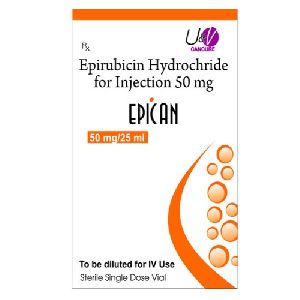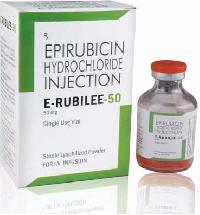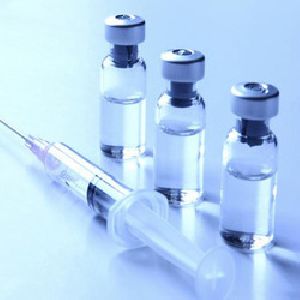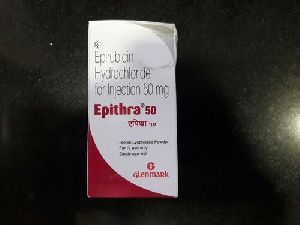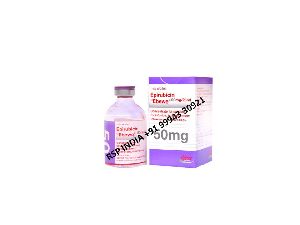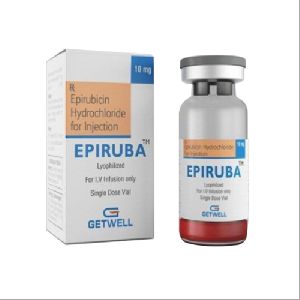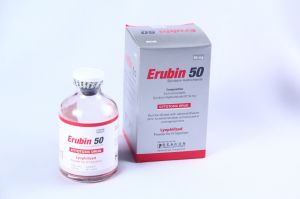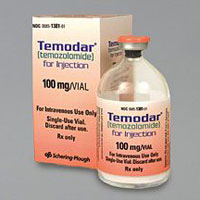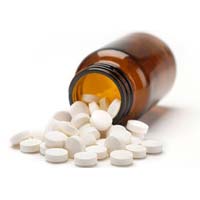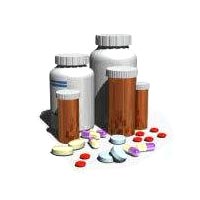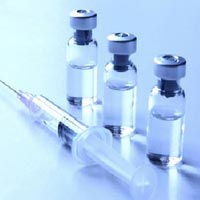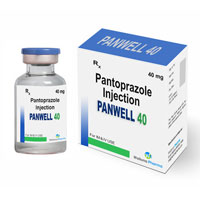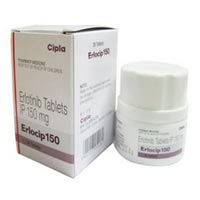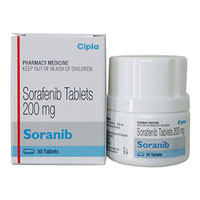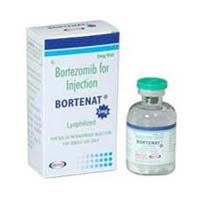Listing ID #1314550
Company Information
Ask for more detail from the seller
Contact SupplierWe are a prominent Supplier and Exporter of Epirubicin Injection. Epirubicin Injection is indicated for adjuvant therapy in women and different types of cancers. We make Epirubicin Injection available at reasonable and competitive prices. Epirubicin Injection is provided by us to pharmacies, nursing homes and medical practitioners.
| Generic Name | Epirubicin |
|---|---|
| Brand Name | Alrubicin Injection |
| Strength Available | 10 MG., 50 MG., 100 MG. and 150 MG. |
| Name of Company | Alkem Laboratories Ltd. |
| Classification | Antitumor antibiotic |
| Mechanism of Action |
|
| Mechanism of Resistance |
|
| Absorption | Not orally bioavailable. |
| Distribution | Rapid and extensive distribution to formed blood elements and to body tissues. Does not cross the blood-brain barrier. Epirubicin is extensively bound (about 80%) to plasma proteins. Peak plasma levels are achieved immediately. |
| Metabolism | Extensive metabolism by the liver microsomal P450 system. Both active (epirubicinol) and inactive metabolites are formed. Elimination is mainly through the hepatobiliary route. Renal clearance accounts for only 20% of drug elimination. The half-life is approximately 30-38 hours for the parent compound and 20-31 hours for the epirubicinol metabolite. |
| Indications & Usage |
|
| Dosage Range |
|
| Drung Preparation | Preparation Avaiiable as a red solution in single-use vials of 50 mg/25 mL, and 200 mg/1oo mL for IV use. |
| Drung Interaction |
|
| Special Considerations |
|
| Toxicity |
|



